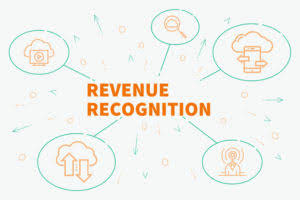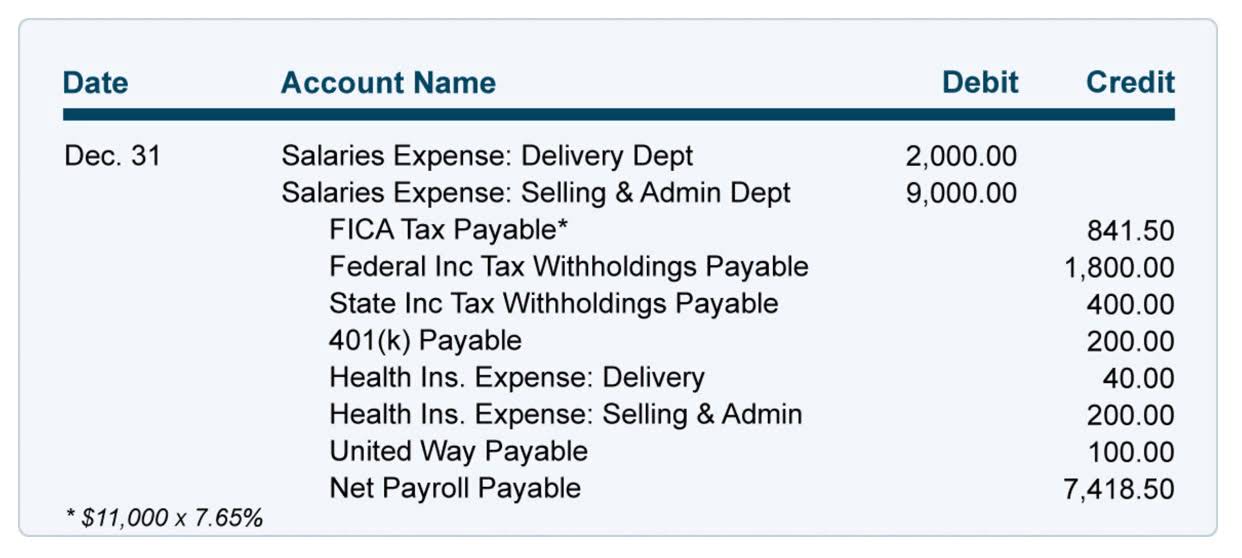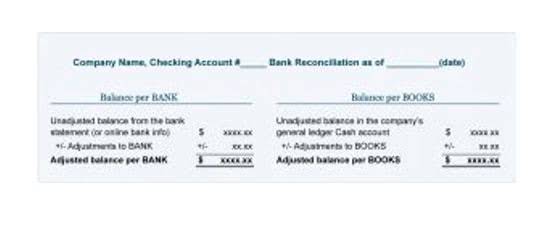You may be eligible for unemployment insurance advantages should you misplaced your job or your hours were significantly minimize by way of no fault of your own. Employers who misclassify their workforce, deliberately or unintentionally, strip employees of their entitled employee benefits. Whereas also not paying payroll taxes that the government would receive from W-2 workers.
The U.S. Department of Labor establishes broad pointers and offers oversight primarily based on federal law, guaranteeing minimal standards nationwide. However, each state, plus the District of Columbia and U.S. territories, designs and operates its own distinct UI program under state laws. This information provides a roadmap from determining eligibility and filing your initial declare to maintaining benefits and handling potential issues. To assist reduce delays and get advantages to eligible individuals quicker, DUA launched a three-month pilot program that went into impact on Friday, August 1, 2025. On Fridays, employees will focus on processing open claims as a substitute of answering calls.
The most sustainable long-term technique is to develop a resilient enterprise model with various income streams that may stand up to financial fluctuations. For example, in Texas, during your first eight weeks of unemployment, you must be willing to accept appropriate work paying at least 90% of your earlier wage. Federal pointers require states to randomly choose UI claimants to take part in the Reemployment Services and Eligibility Assessment (RESEA) program and a Career Center Seminar. If you don’t participate, your advantages may be delayed or stopped. Attend your RESEA appointment and full any required activities to maintain receiving advantages. They also can help join you with assets to search out work extra quickly.
The Way To Declare The Empowerment Zone Employment Credit Score
You ought to definitely apply and let them make the dedication. Perceive how your status as a 1099 unbiased contractor affects unemployment, from profit eligibility to the distinct tax varieties used for reporting. Report your 1099 revenue as quickly as you receive it to make sure your unemployment benefits are adjusted accordingly.
During national crises, similar assistance may turn out to be obtainable once more. Designed for enterprise homeowners, CO— is a site that connects like minds and delivers actionable insights for next-level progress. CO— aims to bring you inspiration from main revered experts. However, earlier than making any enterprise decision, you should seek the advice of knowledgeable who can advise you based mostly in your particular person scenario.
Set Hours Of Work
Eligibility has various from state to state, so it’s necessary to check with your local labor workplace to see how it has implemented the CARES Act. Once you may have gathered the documentation, you’ll have the ability to start the appliance course of along with your state’s unemployment agency. Each state has its personal division, often called the Department of Labor or Workforce Fee, and you should find its official website to start. The most common technique for filing a claim is thru the state’s on-line portal.
An Employee receives directions about when, the place and the way the work is to be performed. Log in to Unemployment Providers for Employees for updates in your declare and funds. If you are in a DUA-approved Coaching Opportunities Program (TOP), you don’t want to seek for work. If your program is not approved beneath TOP, you have to full work search activities. You will not be able to addContent a paper work search log to your online account. This letter exhibits can a 1099 get unemployment an estimate of how much money you may be able to receive, based on your wage history over the past 15 months.
- Each state has its own department, typically known as the Division of Labor or Workforce Commission, and you have to find its official web site to begin.
- Earlier Than the pandemic, 1099 staff couldn’t gather unemployment as they were thought-about independent contractors, which suggests they work for themselves.
- Being adaptable is probably one of the biggest strengths of self-employed professionals.
- Explore the nuances of unemployment eligibility for 1099 contractors, together with declare filing, eligibility evidence, and handling denials.
Right Here at SolidGigs, we want to allow you to spend less time hunting and more time doing work you like. Once you’re back in your feet, make constructing a substantial emergency fund a precedence. For the self-employed, having 6-12 months of expenses saved is right, given the unpredictable nature of freelance income. Begin actively looking for new purchasers instantly, even if it means taking over smaller tasks than you’re used to.
To successfully file for unemployment, you have to provide particular documentation that substantiates your claim, and the required evidence differs primarily based on your eligibility path. Gathering these paperwork earlier than you apply can significantly streamline the process and strengthen your case with the state unemployment company. A second path is through particular authorities applications enacted throughout major occasions.
I labored as an EDD consultant for six years, and I’ve seen countless instances the place 1099 workers were permitted for advantages after investigation. They definitely managed my schedule and required me to use their software program and equipment. The commonest and environment friendly method for making use of is through the state’s on-line portal. Throughout this course of, you may be prompted to addContent the digital copies of the documents you ready, similar to your contracts, payment data, or tax forms https://www.online-accounting.net/. Avoid an EDD misclassification audit earlier than it occurs by correctly classifying your unbiased contractors when they are employed. Clearly talk the status of their employment to keep away from any miscommunications.
Whereas not a authorities program, this could be a useful resource for freelancers in crisis. These tax advantages can present substantial monetary aid during tough durations, despite the precise fact that they don’t perform precisely like unemployment benefits. The Self-Employment Assistance Program (SEAP) is federally endorsed and available in several states. Unlike traditional unemployment, which requires you to actively seek employment, SEAP is designed particularly for entrepreneurs and self-employed individuals. Regardless Of the traditional limitations, there are a quantity of legitimate methods self-employed individuals can access unemployment-like benefits or other financial support in 2025. Sure, federal employees who have lost their jobs or had their hours considerably lowered could additionally be eligible for advantages.








